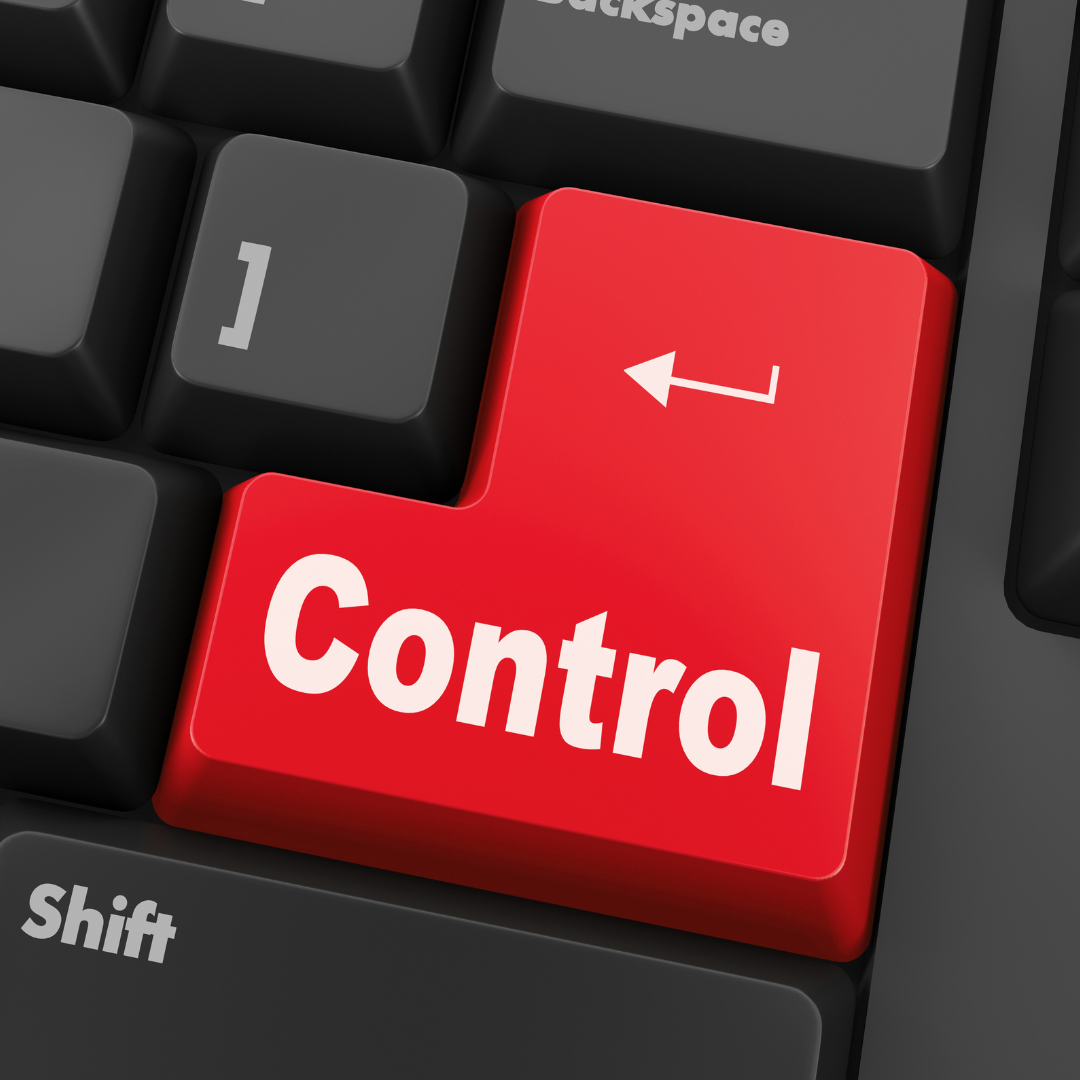Coercive Control Articles
Overt Coercive Control
Overt Coercive Control
WomenSV's Ruth Darlene Patrick on Why Community Education is Important for Understanding Domestic Abuse and Coercive Control
The significance of community education in recognizing and addressing domestic abuse and coercive control cannot be overstated.
10 Types of Coercive Control
Recognizing and addressing coercive control is crucial for breaking the cycle of abuse. If you or someone you know is experiencing any of these types of coercive control, seeking support from friends, family, therapists, or support groups can be the first step towards regaining control and rebuilding a life free from abuse.
Coercive Control in California: Shedding Light on a Widespread Form of Abuse
As a more insidious form of abuse, coercive control often goes unnoticed or misunderstood. Like the rest of the world, California is not immune to this pervasive issue, which is slowly gaining recognition and attention.
California Coercive Control Resources for Survivors
In California, organizations have risen to support survivors of coercive control, offering vital resources to help them break free from abusive situations and rebuild their lives.
Ruth Patrick Darlene Explains the Connection Between Coercive Control and IPV
In California, organizations have risen to support survivors of coercive control, offering vital resources to help them break free from abusive situations and rebuild their lives.
Covert Coercive Control and Covert Abuse
Covert Coercive Control and Covert Abuse
Covert Abuse and Coercive Control Training Online for Advocates, Survivors and Service Providers
Getting covert abuse and coercive control training online can empower you and those you care about to overcome even the most insidious forms of domestic abuse.
Resources for Covert Abuse Survivors
Survivors of covert abuse often suffer in silence, unaware of the resources available to support them on their journey to healing and reclaiming their lives. However, it’s important to know that help is out there.
Recognizing Covert Abuse and Coercive Control
Covert abuse and coercive control are insidious forms of mistreatment that can have devastating effects on individuals, often leading to long-lasting emotional and psychological damage. Understanding these forms of abuse is crucial in order to identify and address them effectively.
Covert Abuse Tactics and Red Flags
Covert abuse tactics are subtle and insidious, often leaving victims confused and emotionally drained. Recognizing these red flags is essential to protect oneself and promote healthier relationships.
When You Unmask a Covert Narcissist, RUN, but Quietly!
Find a way to heal the wounds, love yourself, reconnect with yourself, and do what is important to you and what you deserve. Then better relationships will happen and you will never again be subjected to a covert narcissist.
10 Types of Coercive Control
Coercive control can take various forms, and recognizing its presence is crucial for supporting victims and fostering healthier relationships.
Coercive Control Red Flags
Recognizing these red flags can empower individuals to protect themselves or support someone they suspect may be a victim of coercive control. If you or someone you know is experiencing coercive control, it's crucial to seek help from friends, family, or professional support services.
What Are the Psychological Effects of Coercive Control?
The psychological effects of coercive control are devastating and far-reaching.
Understanding Coercive Control and Breaking the Cycle of Abuse
Understanding coercive control is crucial in order to address this issue effectively and support survivors in breaking free from the cycle of abuse.
What is Covert Abuse? Unmasking the Hidden Dimensions of Emotional Manipulation
Covert abuse involves tactics aimed at exerting control, diminishing self-esteem, and manipulating the emotions of the victim.
Covert Abuse Red Flags: Recognizing and Healing from Hidden Manipulation
Covert abuse can have a profound impact on an individual's mental and emotional well-being, often leaving them feeling confused, isolated, and powerless. In this article, we will explore what covert abuse is, highlight some red flags to watch out for, and provide insights into healing from such abuse.
Is Coercive Control Psychological Abuse?
One aspect of coercive control is psychological abuse, also known as emotional abuse. This article aims to define and explore coercive control and psychological abuse, shedding light on the damaging effects they can have on victims.
Watch Out For These Covert Abuse Red Flags
Being aware of these covert abuse red flags is essential for maintaining healthy and respectful relationships.
Coercive Control and Covert Abuse: Unmasking the Hidden Patterns of Domestic Violence
Coercive control and covert abuse may operate beneath the surface, but their impact on individuals and families is profound.
The Importance of Raising Awareness About Coercive Control
Raising awareness about coercive control is crucial in addressing this pervasive issue and providing support to those who may be trapped in such abusive relationships.
These Covert Abuse Tactics are Major Red Flags
While physical abuse is more easily recognizable, it is crucial to shed light on the covert abuse tactics that can cause significant harm to one's emotional and mental well-being. By understanding and recognizing these red flags, individuals can protect themselves and seek help when needed.
Is Covert Abuse a Form of Intimate Partner Violence?
Covert abuse, with its manipulative and psychological tactics, is indeed a form of intimate partner violence. It can have devastating consequences for victims, leaving lasting emotional scars.
Coercive Control, Intimate Partner Violence and Domestic Abuse
This article aims to shed light on what coercive control entails, its devastating impact on victims, and its recognition as a form of intimate partner violence.
Recognizing and Responding to Covert Abuse Tactics
Covert abuse refers to a form of psychological manipulation and control that occurs within intimate relationships. Unlike physical abuse, covert abuse is often subtle, hidden, and harder to recognize.
What is Coercive Control?
Coercive control is a pervasive form of abuse that can leave lasting psychological and emotional scars on survivors. Coercive control operates through a pattern of controlling behaviors that gradually restrict a person's autonomy, erode their self-esteem, and manipulate their perception of reality.
What is Covert Coercive Control? Unveiling the Silent Manipulation
Covert coercive control refers to a pattern of behavior employed by one individual to exert dominance and control over another within an intimate or familial relationship.
Ruth Darlene of WomenSV shares how to heal from covert abuse
Healing from covert abuse is a transformative journey. Ruth Darlene celebrates the resilience and strength of survivors. Through empowerment initiatives and advocacy efforts, WomenSV empowers survivors to reclaim their narratives and rebuild their lives on their own terms.
Recognizing the Signs of a Controlling Person
It's important to be aware of the signs of a controlling person to protect yourself and maintain healthy boundaries. In this article, we will explore some common indicators that can help you recognize a controlling individual.
Ruth Patrick Darlene of WomenSV Shares 5 Coercive Control Red Flags
Watch out for these 5 coercive control red flags highlighted by Ruth Patrick Darlene of WomenSV. Learn how to recognize and respond to covert abuse and protect yourself.
Ruth Patrick Darlene of WomenSV Raises Awareness on the Lethality Risks of Coercive Control and Stalking
Discover how Ruth Patrick Darlene of WomenSV raises awareness on the lethal risks of coercive control and stalking, educating thousands and advocating for stronger protections for survivors of domestic abuse.
Ruth Darlene, WomenSV, Shares Tips to Recognize Coercive Control and Covert Abuse
Ruth Darlene, founder of WomenSV, shares essential tips on recognizing coercive control and covert abuse. Learn how to identify early signs and protect yourself.
Recognizing and Responding to Covert Abuse: Insights from Ruth Darlene and WomenSV
Learn to recognize and respond to covert abuse with tips from Ruth Darlene and WomenSV. Gain practical advice and resources for support.
Ruth Darlene of WomenSV on the Role of Education in Covert Abuse and Domestic Violence Prevention
Ruth Darlene of WomenSV believes that education is crucial in the fight against covert abuse and domestic violence.
Ruth Patrick Darlene of WomenSV Exposes Overt and Covert Coercive Control Tactics
Learn how Ruth Patrick Darlene, Founder of WomenSV, exposes common overt and covert coercive control tactics, empowering survivors with tools to recognize and escape abusive relationships.
Ruth Patrick Darlene of WomenSV Explains Covert Abuse Dangers and Warning Signs
Ruth Patrick Darlene, Founder and Executive Director of WomenSV, explains the dangers and warning signs of covert abuse, an insidious form of coercive control.
WomenSV Warns About Health Risks and Dangers of Coercive Control
Controlling relationships aren’t just toxic; they’re downright dangerous. In a new video by nonprofit WomenSV, founder Ruth Patrick Darlene explains that coercive control can inflict long-lasting harm on survivors and their children — physically, mentally, and socially.
WomenSV’s Ruth Darlene Patrick on Recognizing the Signs of Coercive Control
Domestic violence can take many forms, and sometimes the most subtle and difficult to recognize forms of abuse are the most harmful. Coercive control is a type of abuse that can be particularly challenging to identify, and it involves a pattern of behavior aimed at dominating and controlling an intimate partner.





































